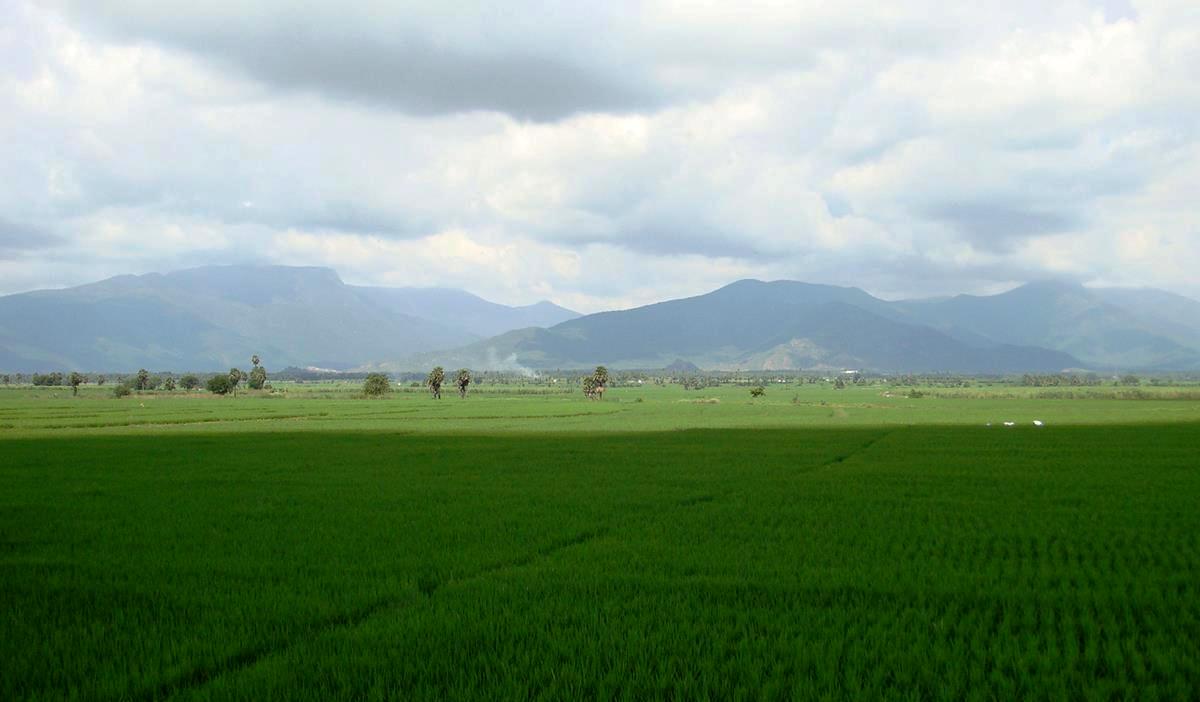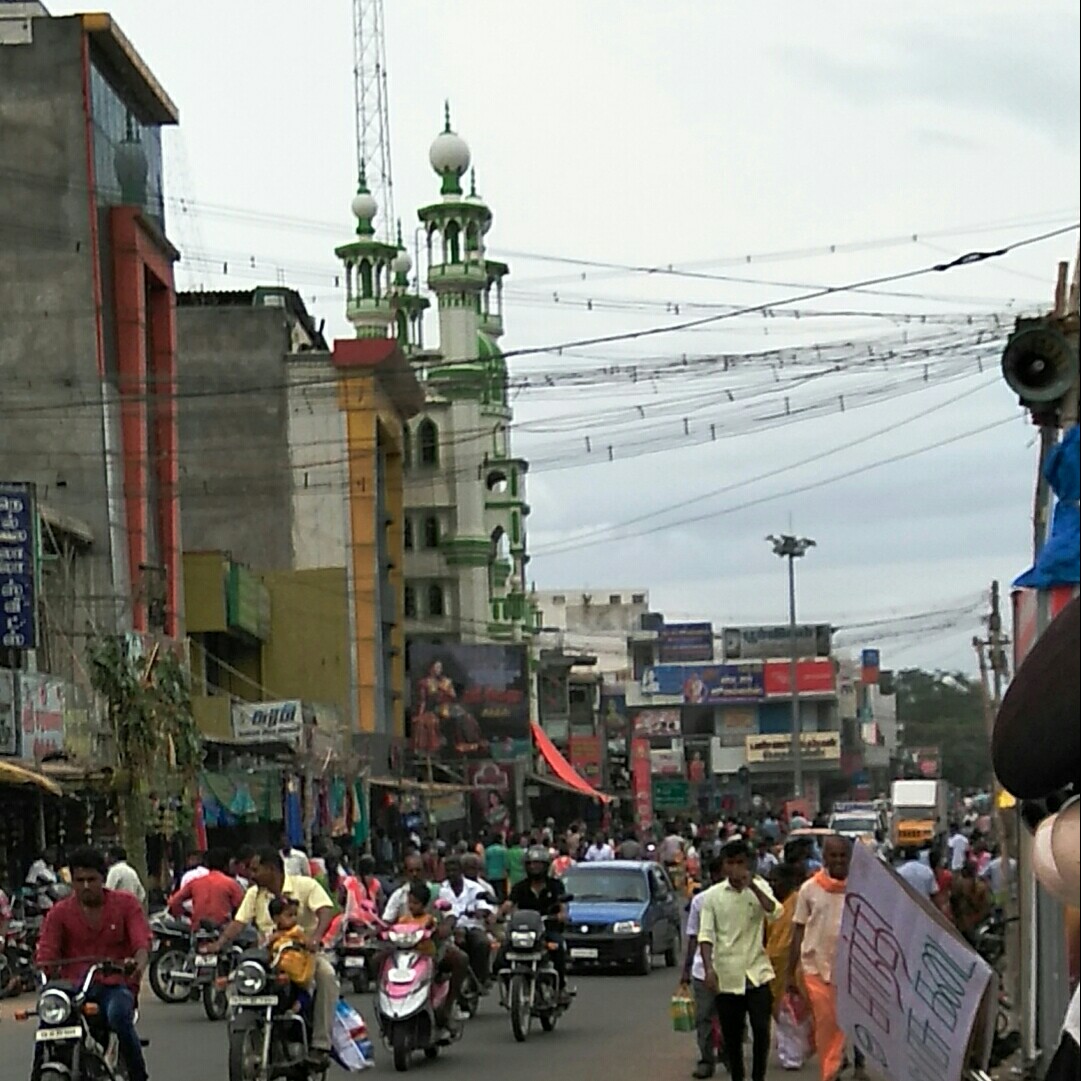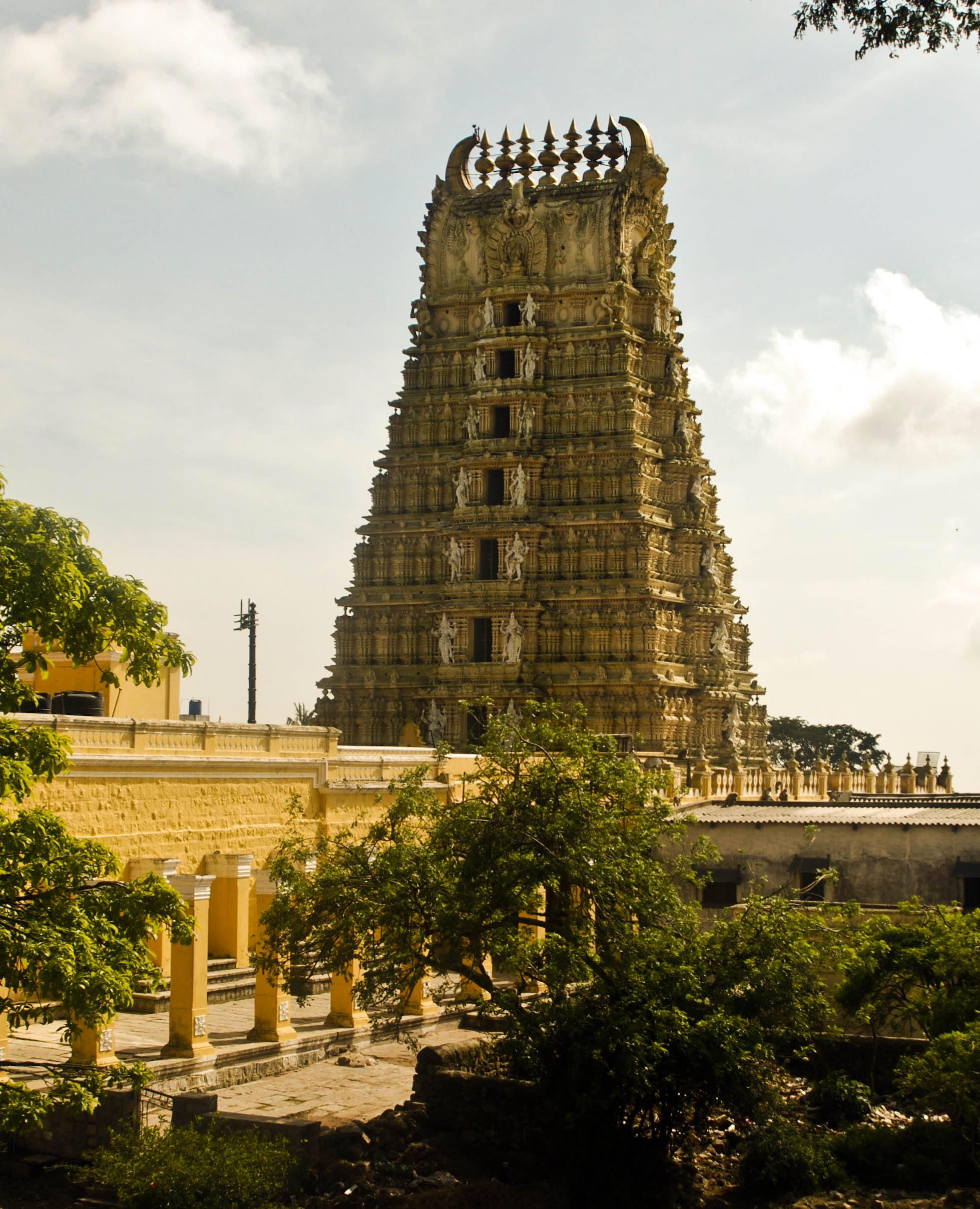|
Bannari
{{Infobox settlement , name = Bannari , other_name = , type = village , image_skyline = Bannari range.jpg , image_alt = , image_caption = Bannari plains seen from Dhimbam slopes , nickname = , map_alt = , map_caption = , pushpin_map = India Tamil Nadu , pushpin_label_position = right , pushpin_map_alt = , pushpin_map_caption = , coordinates = {{coord, 11.5667, 77.1500, display=inline , subdivision_type = Country , subdivision_name = {{flag, India , subdivision_type1 = State , subdivision_name1 = Tamil Nadu , subdivision_type2 = Region , subdivision_name2 = Kongu Nadu , subdivision_type3 = District , subdivision_name3 = Erode , leader_title = , leader_name = , population_total = 7695 , population_as_of = 2001 , postal_code ... [...More Info...] [...Related Items...] OR: [Wikipedia] [Google] [Baidu] |
Bannari Amman Temple
Arulmigu Sri Bannari Mariamman Temple is an Amman temple in the Indian state of Tamil Nadu. It is located near Sathyamangalam, Erode district. The main deity is goddess Bannari, (the goddess of rain), an avatar of goddess Shakti. The goddess is considered powerful in Tamil and Kannada folklore. Nearly every village in the Kongu region of Tamil Nadu has a Mariamman temple. History Legend has it that Bannari was once a historian. A husband and wife from the Vannar community went to wash clothes at the river next to a large hill. The woman, who was one month pregnant at the time, went into labour. The husband used the sari he had brought for washing to help his wife during childbirth. According to the legend, two girls were born. The husband picked up one child, but the other would not stop crying. They placed the crying baby in a nearby trough and went to the village counter. When they returned to the baby, she was still crying. They attempted to soothe the baby using iron tong ... [...More Info...] [...Related Items...] OR: [Wikipedia] [Google] [Baidu] |
Erode District
Erode District is one of the 38 Districts of Tamil Nadu, districts in the south Indian States and union territories of India, state of Tamil Nadu. It was the largest district by area in the state before the formation of Tirupur district in 2009 and is the third largest by area, as of 2024. The headquarters of the district is Erode. The district is divided into two revenue divisions, Erode division, Erode and Gobichettipalayam division, Gobichettipalayam, and is further subdivided into 10 Tehsil, taluks. The district is landlocked and lies towards the middle of the Indian peninsula and is bordered by the state of Karnataka to the north. Western Ghats pass through the region and is watered by Kaveri River which meets its major tributary Bhavani River, Bhavani in the district. It covers an area of , and had a population of 2,251,744 as per the 2011 Census of India, 2011 census. The major spoken language is Kongu Tamil, a dialect of Tamil language, Tamil. Hinduism is the major relig ... [...More Info...] [...Related Items...] OR: [Wikipedia] [Google] [Baidu] |
NH 209
National Highway 948 (previously designated NH 209) is a highway in India which connects Coimbatore in Tamil Nadu with the city of Bengaluru. It is a spur road of National Highway 48. It passes through Sathyamangalam Wildlife Sanctuary. The road through the wildlife sanctuary is a single carriageway with two lanes, and it is narrow at many places. Wild animals can be spotted in this route. The movement of automobiles are not allowed from 8 P.M to 6 A.M through Dhimbam ghat (Bannari to Karappallam) stretch in this national highway. National Highway 948 passes through Sathyamangalam forests, which were the territory of the dreaded Bandit Veerappan. The alternate route for Night traffic is a drive via Erode, Mettur Dam, Maheswara Hills, Kollegal & then to Bengaluru. Route Junctions : Terminal near Bengaluru. : Terminal near Kanakapura : near Kollegal : near Chamrajnagar : Terminal near Coimbatore. See also * List of national highways in India * List of national h ... [...More Info...] [...Related Items...] OR: [Wikipedia] [Google] [Baidu] |
Sathyamangalam
Sathyamangalam (also known as Sathy) is a town and municipality in Erode district in the Indian States and territories of India, state of Tamil Nadu. It lies on the banks of the Bhavani River, Bhavani river, a tributary of the Cauvery River, Cauvery in the foothills of the Western Ghats and is the headquarters of Sathyamangalam taluk. It is about 65 km from Erode, 58 km from Tiruppur and 65 km from Coimbatore. As of 2011 Census of India, 2011, the town had a population of 37,816. History The region was ruled by the Chera Dynasties, Cheras and Vijayanagara empire. It was captured by Tipu Sultan and after Tipu's defeat, British Raj, British annexed it to their territory. Geography Sathyamangalam is situated on the southern side of the Western Ghats, which extend towards the east from the Nilgiri mountains. The general topography is not flat and covered by sloping lands. Bhavani river flows at the center of the town from west to east. Agricultural Wetland, wet lands ... [...More Info...] [...Related Items...] OR: [Wikipedia] [Google] [Baidu] |
Gobichettipalayam
Gobichettipalayam () is a town and municipality in Erode district of the Indian state of Tamil Nadu. It is the administrative headquarters of Gobichettipalayam taluk. It is situated close to the centre of the South Indian Peninsula at above sea level, surrounded by Western Ghats. It is located from the district headquarters Erode, from Tiruppur and from Coimbatore. Agriculture and textile industries are major contributors to the economy of the town. The town is a part of Gobichettipalayam constituency that elects its member to the Tamil Nadu legislative assembly and the Tirupur constituency that elects its member of parliament to the Lok Sabha. The town is administered by Gobichettipalayam Municipality, which was established in 1949. Gobichettipalayam has a population of 59,523 as per the 2011 census. It is known as "Mini Kollywood" because of the film production that takes place here and many films in Tamil and other languages have been shot here. History A maj ... [...More Info...] [...Related Items...] OR: [Wikipedia] [Google] [Baidu] |
Mettupalayam, Coimbatore
Mettupalayam is a municipal town and headquarters of Mettupalayam taluk, Mettupalayam Taluk in the Coimbatore District of the Indian States and territories of India, state of Tamil Nadu. It is the second largest town in the Coimbatore district after Pollachi. It is located to the north of Coimbatore city on the way to Ooty, in the foothills of Nilgiri hills. As of 2011, the town had a population of 69,213. Mettupalayam railway station is the starting point of Nilgiri Mountain Railway and it operates the only rack railway in India connecting Ooty and Mettupalayam. It is a suburban area of Coimbatore City. Geography Mettupalayam is located at . It has an average elevation of . Mettupalayam is situated on the bank of Bhavani River at the foot of the Nilgiris (mountains), Nilgiri mountains. Demographics According to 2011 census of India, 2011 census, Mettupalayam had a population of 69,213 with a sex-ratio of 1,022 females for every 1,000 males, much above the national average of 9 ... [...More Info...] [...Related Items...] OR: [Wikipedia] [Google] [Baidu] |
Punjai Puliampatti
Punjai Puliampatti is a municipality in the Erode district of Tamil Nadu, India. Geography Punjai Puliampatti is a municipal town in the northwest of the Erode District. It belongs to the Sathyamangalam taluk and Bhavanisagar state assembly constituency, and the Nilgiris parliamentary constituency. Geologically, Punjai Puliampatti has three main types of soils: red loam (70%), black loam (20%), and red sand (10%). In general, the soil in and around the town is fertile and good for agricultural purposes. The temperature is a mild average of throughout the year except during summer where temperatures can increase drastically with highs up to and lows up to . There are an average of 40 rainy days per year, making the ground very dry, and any rainfall the area receives can be meagre, uncertain or unequally distributed. Demographics As of 2019, the town population numbers around 30,000, with about 1,000 commercial electrical connections and about 8,500 households. According ... [...More Info...] [...Related Items...] OR: [Wikipedia] [Google] [Baidu] |
Kollegal
Kollegal (or Kollegala) is the Major taluk in the Chamarajanagara District of Karnataka State in the south of India. Kollegala is well known for its silk industry which attracts traders from all over the state. History Until 1956, Kollegala was part of the Coimbatore district of the Madras Presidency. The States Reorganisation Act of 1956 moved Kollegala to Karnataka primarily organising it along linguistic lines. Kollegal is the name derived from the names of two hermits namely 'Kauhala' and 'Galava' who were believed to be instrumental in the development of Kollegala. Kollegala, also called "Silk City", is famous for its handloom silk Sari, saree industry. Kollegala serves as a center for pre-university education in the region. Well known schools in Kollegal include Lions High School, Sree Vasavi Vidya Kendra, St. Francis Assisi High School, Nisarga Independent PU college, Seventh Day Adventist High School, and Mudigundam Gurukaar Subappa Veerappa (MGSV), and Mahadeshwara ... [...More Info...] [...Related Items...] OR: [Wikipedia] [Google] [Baidu] |
Mysore
Mysore ( ), officially Mysuru (), is a city in the southern Indian state of Karnataka. It is the headquarters of Mysore district and Mysore division. As the traditional seat of the Wadiyar dynasty, the city functioned as the capital of the Kingdom of Mysore for almost six centuries (). Known for its heritage structures, palaces (such as the famous Mysore Palace), and its culture, Mysore has been called the "City of Palaces", the "Heritage City", and the " Cultural capital of Karnataka". It is the second-most populous city in the state and one of the cleanest cities in India according to the Swachh Survekshan. Mysore is situated at the foothills of the Chamundi Hills. At an altitude of above mean sea level, the city of Mysore is geographically located at 12° 18′ 26″ north latitude and 76° 38′ 59″ east longitude. It is about southwest of the state's capital, Bangalore, and spreads across an area of (city and neighbouring census towns). The population of th ... [...More Info...] [...Related Items...] OR: [Wikipedia] [Google] [Baidu] |
Erode
Erode (; īrōṭu), is a city in the Indian state of Tamil Nadu. It is located on the banks of the Kaveri river and is surrounded by the Western Ghats. Erode is the seventh largest urban agglomeration in Tamil Nadu. It is the administrative capital of Erode district and is administered by the Erode Municipal Corporation which was established in 2008. The region was ruled by the Cheras during the Sangam period between the 1st and the 4th centuries CE. The medieval Cholas conquered the region in the 10th century CE. The region was ruled by Vijayanagara Empire in the 15th century followed by the Nayaks who introduced the Palayakkarar system. In the later part of the 18th century, the it came under the Kingdom of Mysore and following the Anglo-Mysore Wars, the British East India Company annexed it to the Madras Presidency in 1799. The region played a prominent role in the second Poligar War (1801) when it was the area of operations of Dheeran Chinnamalai. Post Indian ... [...More Info...] [...Related Items...] OR: [Wikipedia] [Google] [Baidu] |
Chamarajanagar
Chamarajanagara is a city and headquarter of eponymous Chamarajanagar district in the Karnataka state of India. It is named after Chamaraja Wodeyar IX, the erstwhile Raja of Mysore, Chamarajanagara was previously known as 'Arikottara'. History While the area was previously known as 'Sri Arikottara', the area was later named after Chamaraja Wodeyar, the Wodeyar of Mysore who was born here. The Vijaya Parsvanath Basadi, a holy jain shrine was constructed by Punisadandanayaka, the commander of the Hoysala king Gangaraja in the year 1117 AD. Geography and climate Chamarajnagar is located at . It has an average elevation of . It was ranked among the top 10 Indian cities with the cleanest air and best AQI in 2024. Demographics As of the 2011 census, Chamrajanagar had a population of 69875. Males constituted 51% of the population and females 49%. Chamrajanagar has an average literacy rate of 60%, higher than the national average of 59.5%; with male literacy of 65% and female ... [...More Info...] [...Related Items...] OR: [Wikipedia] [Google] [Baidu] |
Bhavanisagar
Bhavanisagar is a panchayat town in Erode district in the state of Tamil Nadu, India. It is the main town in Bhavanisagar block. Demographics India census A census (from Latin ''censere'', 'to assess') is the procedure of systematically acquiring, recording, and calculating population information about the members of a given Statistical population, population, usually displayed in the form of stati ..., Bhavanisagar had a population of about 4,000. Males constitute 51% of the population and females 49%. Bhavanisagar has an average literacy rate of 64%, higher than the national average of 59.5%; with male literacy of 73% and female literacy of 54%. 9% of the population is under 6 years of age. Politics Bhavanisagar(SC) assembly constituency is part of Nilgiris (Lok Sabha constituency) since 2008. Government Training Institutes Civil Service Training Institute: This Institute is intended for the newly appointed Govt.Servants in State Ministerial Service for all Department ... [...More Info...] [...Related Items...] OR: [Wikipedia] [Google] [Baidu] |





